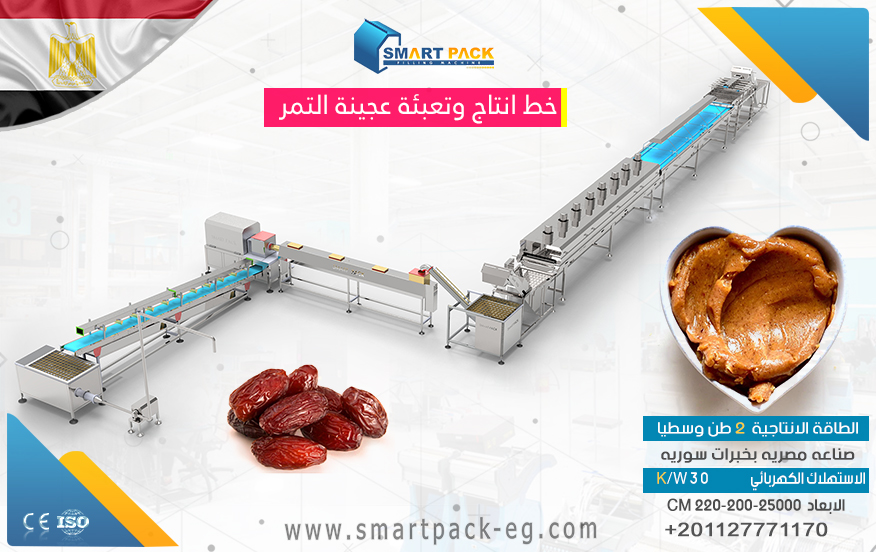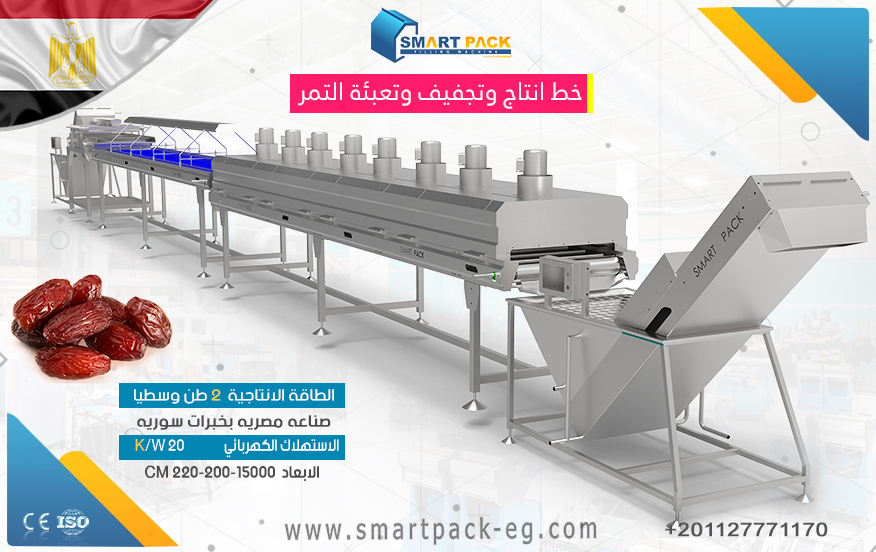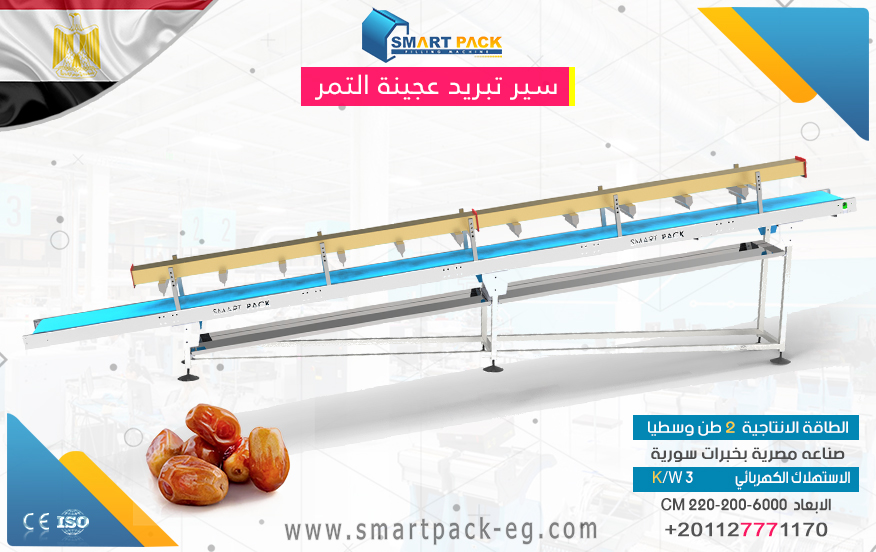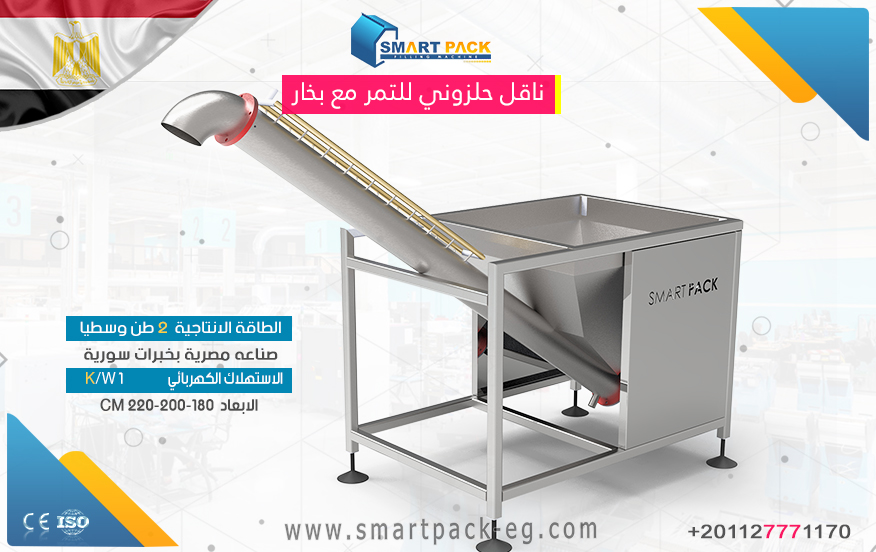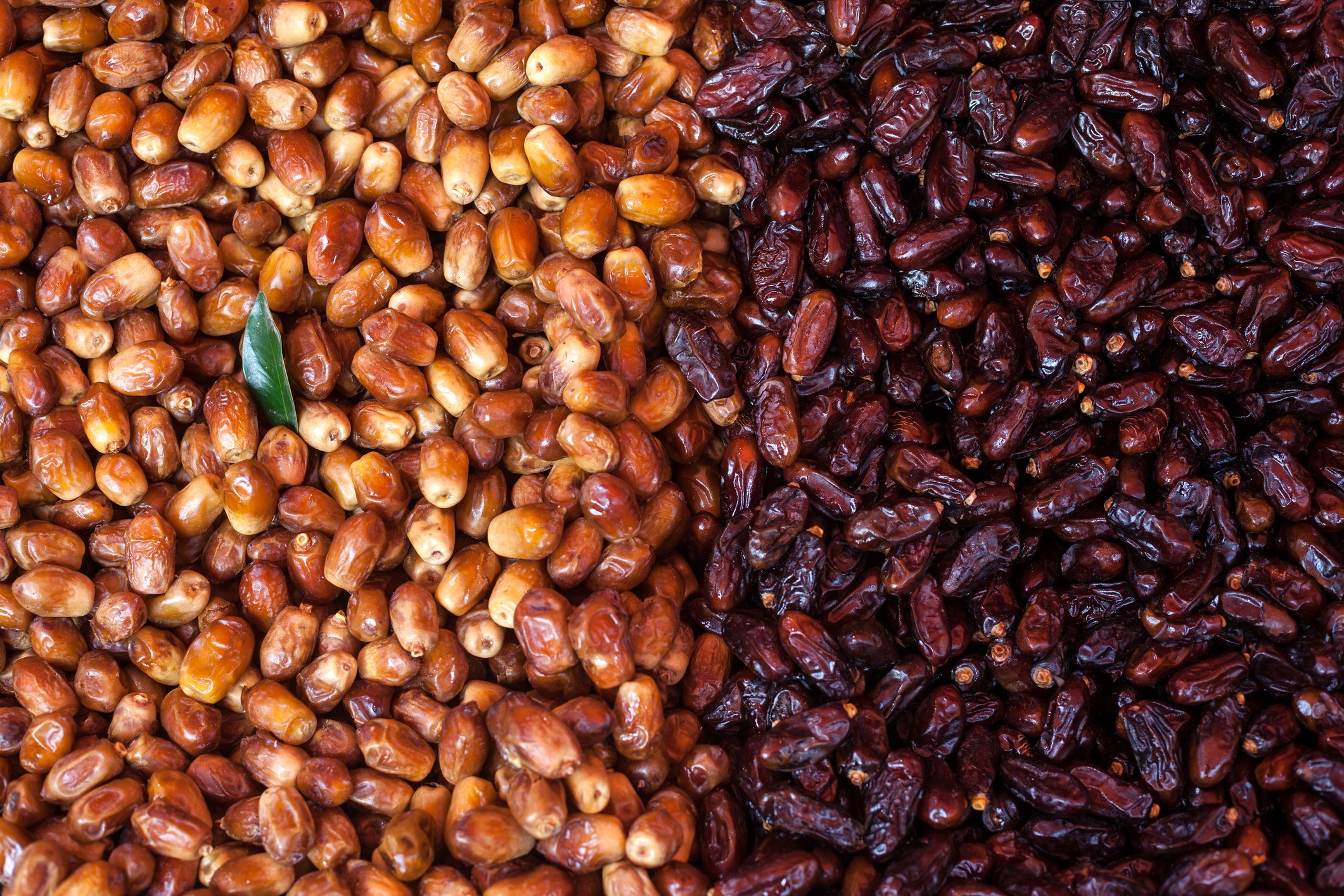How to Guide: Vacuum Packaging Machines
Introduction:
Vacuum packaging is a widely used method in the food industry to extend the shelf life of perishable products. It involves removing air from a package before sealing it, which helps preserve the freshness, quality, and taste of the contents. Vacuum packaging machines are essential tools for this process, and they come in various types with different components and processing methods. In this guide, I will take you through the basics of vacuum packaging machines, helping you understand their types, components, and processing methods.
Types of Vacuum Packaging Machines:
There are two main types of vacuum packaging machines:
-
Chamber Vacuum Packaging Machines:
- These machines have a chamber where the entire package is placed during the vacuuming process.
- The chamber is closed before the air is removed, allowing the bag to retain its shape during vacuuming.
- Ideal for both solid and liquid products, as the liquid remains inside the bag due to the chamber's ability to control pressure changes.
-
External Vacuum Packaging Machines:
- These machines use a nozzle or suction cup to extract air from the package.
- The package remains outside the machine during the vacuuming process.
- Suitable for solid products, such as meats, cheese, and vegetables.
Components of Vacuum Packaging Machines:
Regardless of the type, vacuum packaging machines consist of several common components:
-
Vacuum Pump:
- The vacuum pump is the core component of the machine responsible for extracting air from the package.
- It creates a vacuum or negative pressure to remove air efficiently.
-
Sealing Mechanism:
- The sealing mechanism ensures the package is tightly sealed after removing the air.
- It consists of a heating element or a gas flush system, which helps create a reliable seal.
-
Control Panel:
- The control panel allows the operator to adjust settings such as vacuuming time, sealing time, and temperature.
- Some advanced machines may have pre-set programs for different products or automation features.
Processing Method:
The vacuum packaging process typically involves the following steps:
-
Prepare the product:
- Properly clean and prepare the product for packaging.
- Ensure it is trimmed, sliced, or portioned as required.
-
Place the product in the bag:
- Insert the product into a specially designed vacuum bag or pouch suitable for food preservation.
-
Position the bag in the machine:
- Depending on the machine type, place the bag either inside the chamber or over the sealing nozzle/suction cup.
-
Start the vacuuming process:
- Close the chamber lid or activate the vacuum nozzle/suction cup to begin the air extraction.
-
Seal the bag:
- Once the air is removed, activate the sealing mechanism to create a tight seal on the bag.
- Some machines may also provide options for gas flushing or adding a protective atmosphere.
-
Finalize the process:
- After sealing, the bag can be trimmed and labeled as necessary.
- Store the vacuum-sealed packages according to proper storage guidelines.
Conclusion:
Vacuum packaging machines are indispensable tools for the food industry, helping to preserve the quality and longevity of perishable products. Understanding the different types, components, and processing methods of these machines is crucial for efficient and effective vacuum packaging. By following the steps outlined in this guide, you can confidently utilize vacuum packaging machines to extend the shelf life of your products while maintaining their freshness and taste.

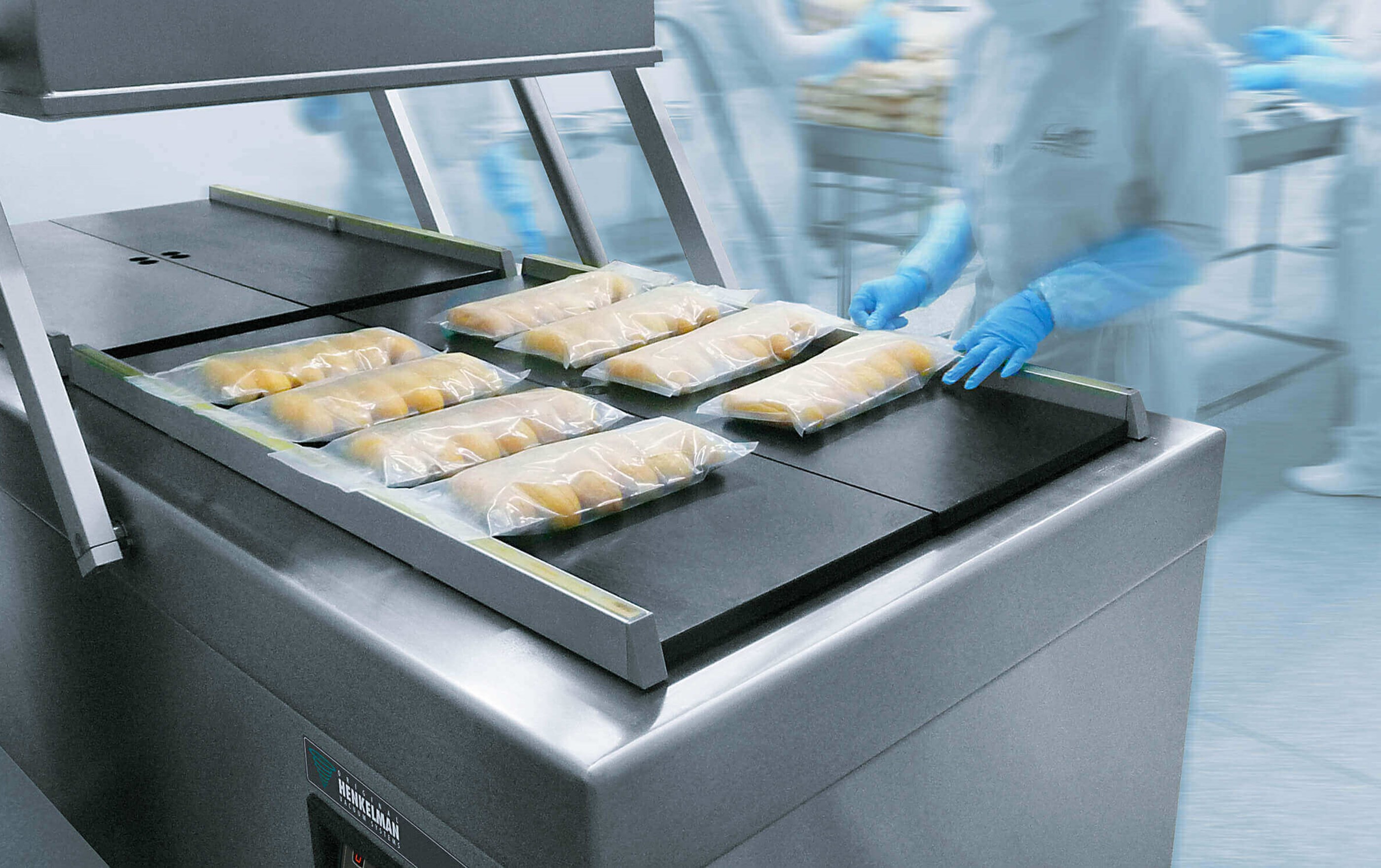
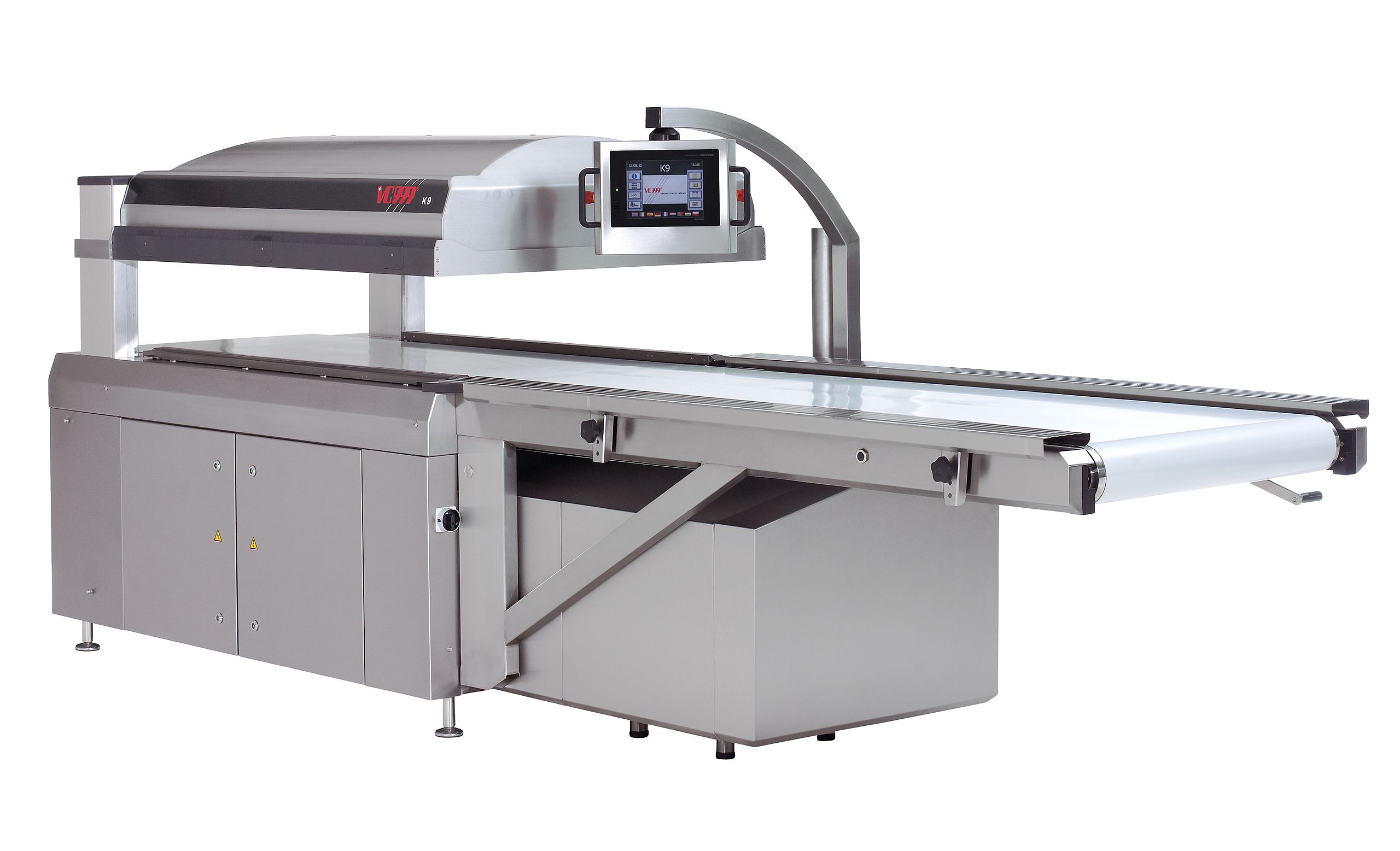
 Admin
Admin 